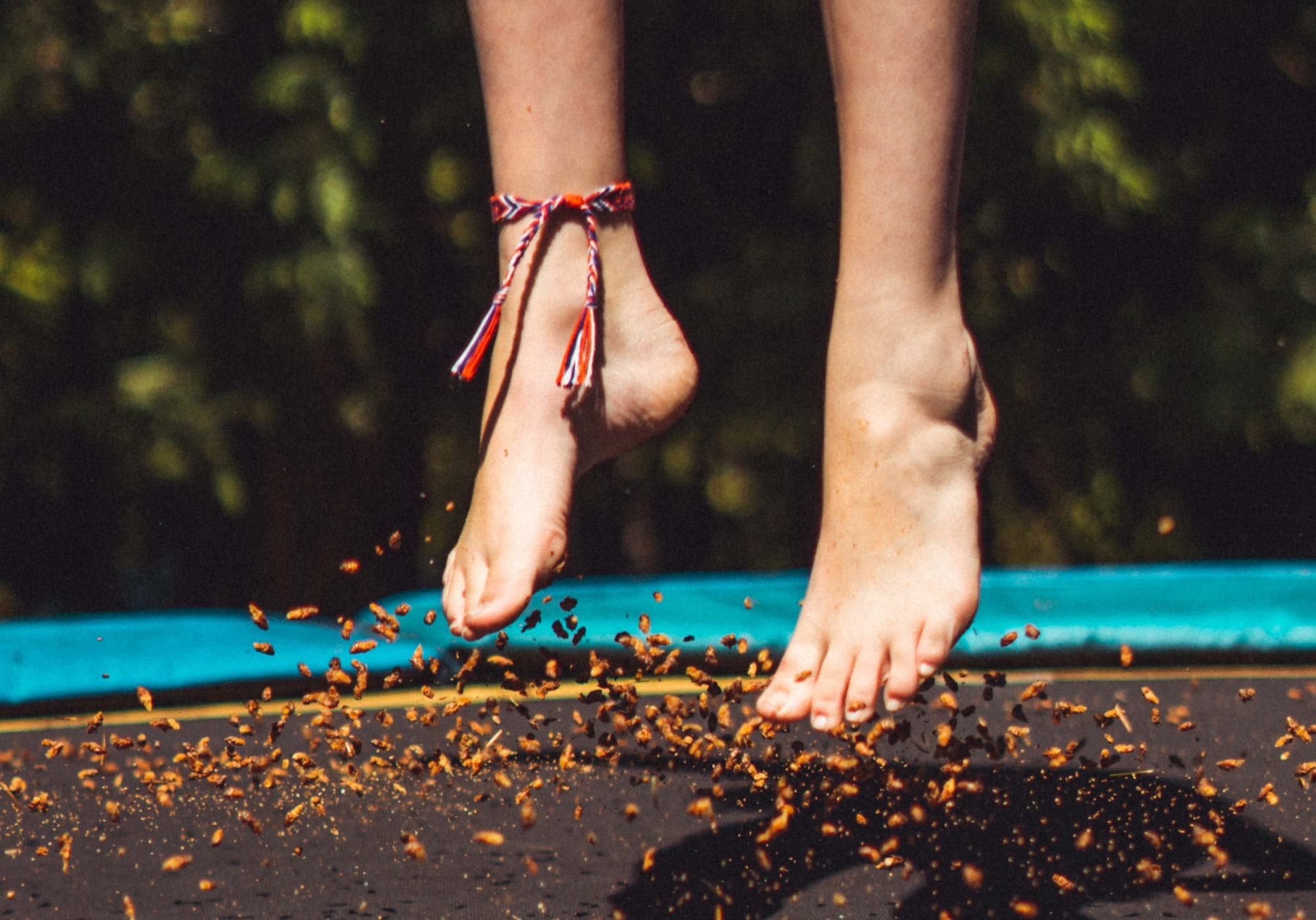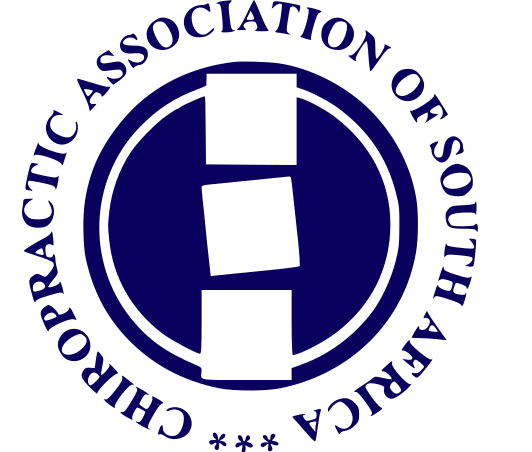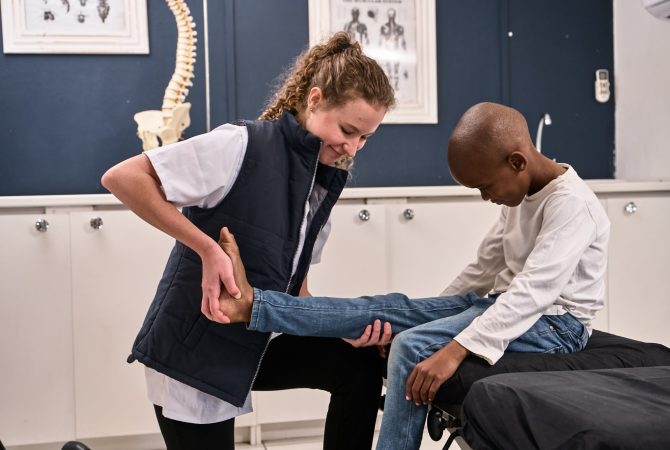Does your child suffer from heel pain?
CASA
Does your child suffer from heel pain?
Does your child often complain about a pain in their heel? Is this pain particularly noticeable after high-impact sports like running, soccer or rugby? Then your child may be suffering from a condition called Sever’s Disease.
What is Sever’s Disease?
Sever’s Disease, or calcaneal apophysitis, is a common heel injury in children and adolescents between the ages of 8 and 14. It is caused by inflammation of the growth plate in the heel and can result in pain and swelling, making it difficult to walk or put any pressure on that heel.
What causes Sever’s Disease?
This type of injury usually occurs in active children, as they approach puberty. During the growth spurt, the bones, muscles and tendons grow at different rates. The muscles and tendons can become tight, causing inflexibility and pulling on the growth plate in the heel. Over time, this pressure causes inflammation, tenderness and pain to the growth plate, which are all symptoms of Sever’s disease.

Certain activities may trigger or aggravate the condition, including high-impact sports or weight-bearing activities (performed while standing), such as:
- Running and jumping (typically on hard surfaces)
- Soccer
- Basketball
- Track
- Gymnastics
Other contributing factors can include:
- Obesity
- Flat or high arches
- Prolonged standing
- One leg shorter than the other
- Poor fitting shoes that don’t give enough support
- Pronated foot (during walking the foot will roll inward)
Signs and Symptoms of those struggling with Sever’s Disease
Your child may complain of pain in one or both heels and you might see them limping or walking on their tiptoes to avoid the heel making contact with the ground and aggravating their pain.
The pain is usually located at the back of the heel but may migrate to the sides and bottom of the heel too. In most cases, the pain is usually worse after activity.
Heel pain, redness, stiffness and swelling are the key features of this condition in children and adolescents.
Treating Sever’s Disease
While rest often helps to relieve the pain, if left untreated, the condition can limit athletic performance and impact daily activities. As with most conditions, the quicker Sever’s Disease is addressed, the faster the recovery process.
Your chiropractor is likely to adopt a conservative and multi-faceted approach to treating your child’s condition. Their focus will be to reduce the pain and inflammation and as a result, may advise your child to rest, cut down or stop any activity that causes heel pain to allow time for healing.
- Stretching exercises (for the hamstring, calf and Achilles tendon) to reduce stress on the heel
- Strengthening exercises for the muscles of the lower leg to promote healing and prevent recurrence of the injury
- Ice packs applied to the heel
- Orthotics (corrective footwear) to assist in absorbing impact and prevent strain on the growth plate
- Adjustments to the affected joints to reduce the strain in the foot
Remember, it is important that your child should not walk barefoot when struggling with Sever’s, as this can increase the inflammation.
Will my child have a relapse of Sever’s Disease?
It is not unusual for the condition to recur, however, your child will generally outgrow the condition as they stop growing. The good news is that most cases will resolve within 2-8 weeks, as long as proper care and treatment is provided, and most children can return to their activities once their symptoms have subsided.
Speak to your local CASA-registered chiropractor regarding your heel pain today. Find a CASA-registered chiropractor in your area here.
Dislaimer:
This blog post is not intended to replace professional medical advice, diagnosis or treatment. Always seek the advice of your physician or other qualified health provider with any questions you may have regarding a medical condition.

